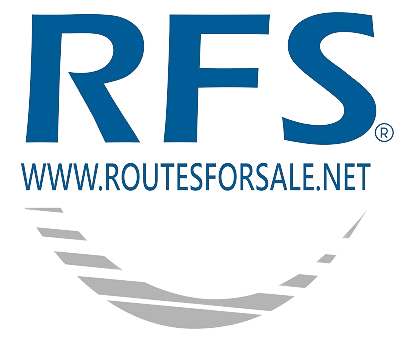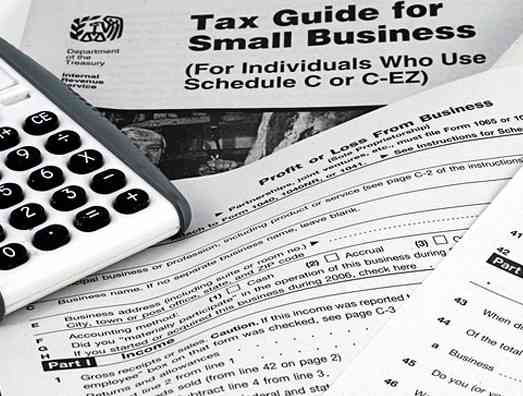How to Determine CAPEX When Purchasing FedEx Routes
When evaluating a FedEx Route purchase, there are several factors to consider with regards to CAPEX (Capital Expenditure). While most buyers are under the assumption that they must replace vehicles every year to keep up with aging inventory, we have found this not to be accurate for reasons we will explain. Therefore, there is no formula or exact science to calculate this scenario as every owner’s FedEx business varies in terms of location, terrain, mileage, age of vehicle inventory, etc. Routes For Sale®’s explanation is as follows:
Approach: Most FedEx Route owners (contractors) continue to maintain older vehicles as a more cost-effective means for managing their business. Business owners should think of a vehicle as just an engine, transmission, and metal boxed frame (essentially just an asset or tool used to operate the business). A good example of a nationwide company who employed this approach is Hostess (Wonder and Merita Bread). At the time the company dissolved, their vehicles were from the 70’s and 80’s (FedEx contractors use the same type of step vans). In fact, when a repair was needed a lot of parts were found to be discontinued and no longer available when mechanics needed to service them. The company’s mechanics were forced to modify similar parts to make them work. This is, of course, an extreme example but gets the message across. Some may chuckle and argue Hostess went bankrupt. While this did in fact happen, the company’s bankruptcy was forced due to union workers wages and not the working condition of the company’s assets.
Onetime Expenses: Most sellers incorporate their total maintenance expenses for all vehicle repairs in their tax returns. This normally includes onetime expenses for major repairs such as a new engine, or transmission for each vehicle. This means it won’t have to be replaced again the following year or in the near future. If a buyer wants to consider a CAPEX factor as a means to a price reduction, in fairness the seller should be able to consider itemizing and breaking out the onetime repair expenses as an addback to the EBITDA.
Tax Advantage: If a buyer still feels they need to consider incorporating a predetermined dollar amount for vehicle replacements, then that tax advantage for a new vehicle purchase should be calculated and considered as well. Example: if a buyer purchases a new $50,000 vehicle every year there would of course be a considerable tax advantage for this through years of depreciation. This depreciation could be taken over several years or all at once as a onetime, lump sum amount.
Price Evaluation: Pricing of FedEx routes are based primarily off the contract rights. Vehicles are treated as assets no different than a dolly or any other tool used for the business. By example, if a route is selling at 4 times multiple of the EBITDA, and the buyer feels $50,000 per year is needed for CAPEX, they are essentially devaluing the FedEx Route’s going concern value (contract/brand rights) by $200,000.
For the reasons mentioned above, Routes For Sale® does not take in consideration CAPEX when evaluating and pricing a FedEx business for sale. Any comparable sales provided by Routes For Sale® are based on a selling price by using a multiple of the EBITDA. CAPEX was not a determining factor.
When considering additional vehicle lease or purchases for FedEx Routes, Routes For Sale® recommends Bush Trucks.
For additional Consulting Services with one of our FedEx route specialists Request A Consultation Here!


 Chat
Chat





Recent Comments